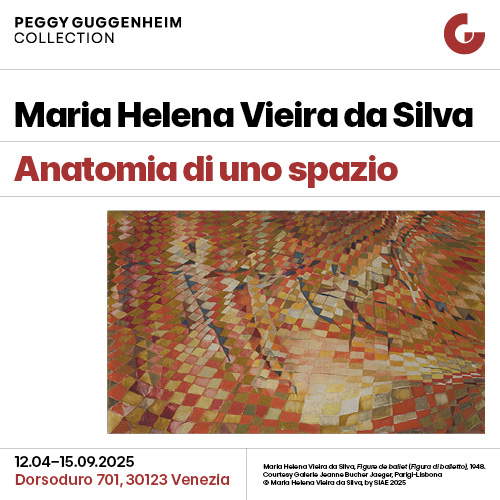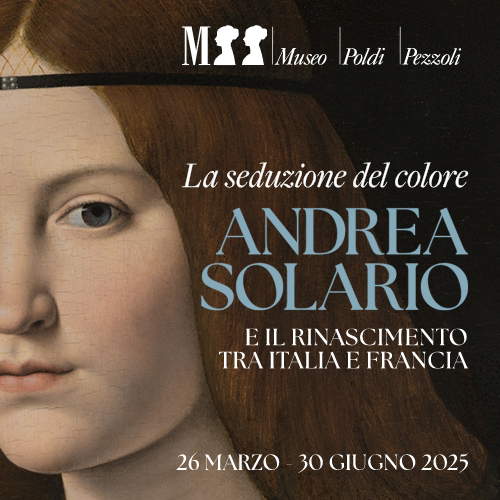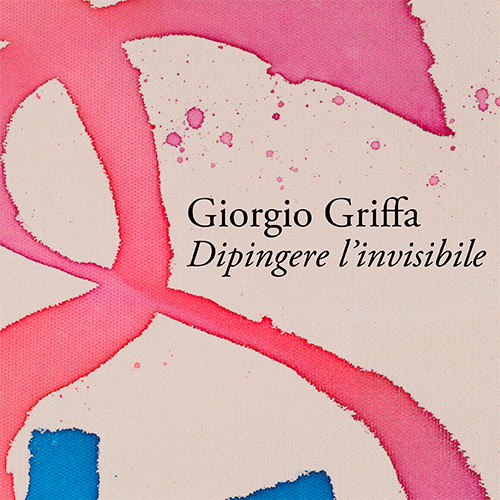Boucher and Fragonard: the elegance of Louis XV's court on display at Casa Museo Zani
The Paolo and Carolina Zani Foundation House Museum in Cellatica, in the province of Brescia, hosts an exhibition that takes visitors back to the heart of Louis XV’s court, amid luxury, elegance and symbols of power. From Feb. 14 through May 25, 2025, the public can admire some of the most emblematic works by two of the best-known French painters of the 18th century: François Boucher (Paris, 1703 - 1770) and Jean Honoré Fragonard (Grasse, 1732 - Paris, 1806). The exhibition, titled Boucher and Fragonard - At the Court of the King, winds its way through the rooms of the House Museum, a jewel that holds more than 1,200 works of art, and offers a reflection onRococo art, that movement that enchanted Europe with its grace, lightness and sensuality.
The exhibition is the result of an unprecedented collaboration between the Zani House Museum, directed by Massimiliano Capella, and the National Galleries of Ancient Art in Rome, specifically Palazzo Barberini and Galleria Corsini. The two monumental Roman spaces have lent some of their most significant works, creating an itinerary that celebrates the two great masters through a selection of paintings that tell the story of life and art at the court of the King of France. Visitors are immersed in a world where nature and man merge in an ideal of harmony that represents the essence of the 18th century.
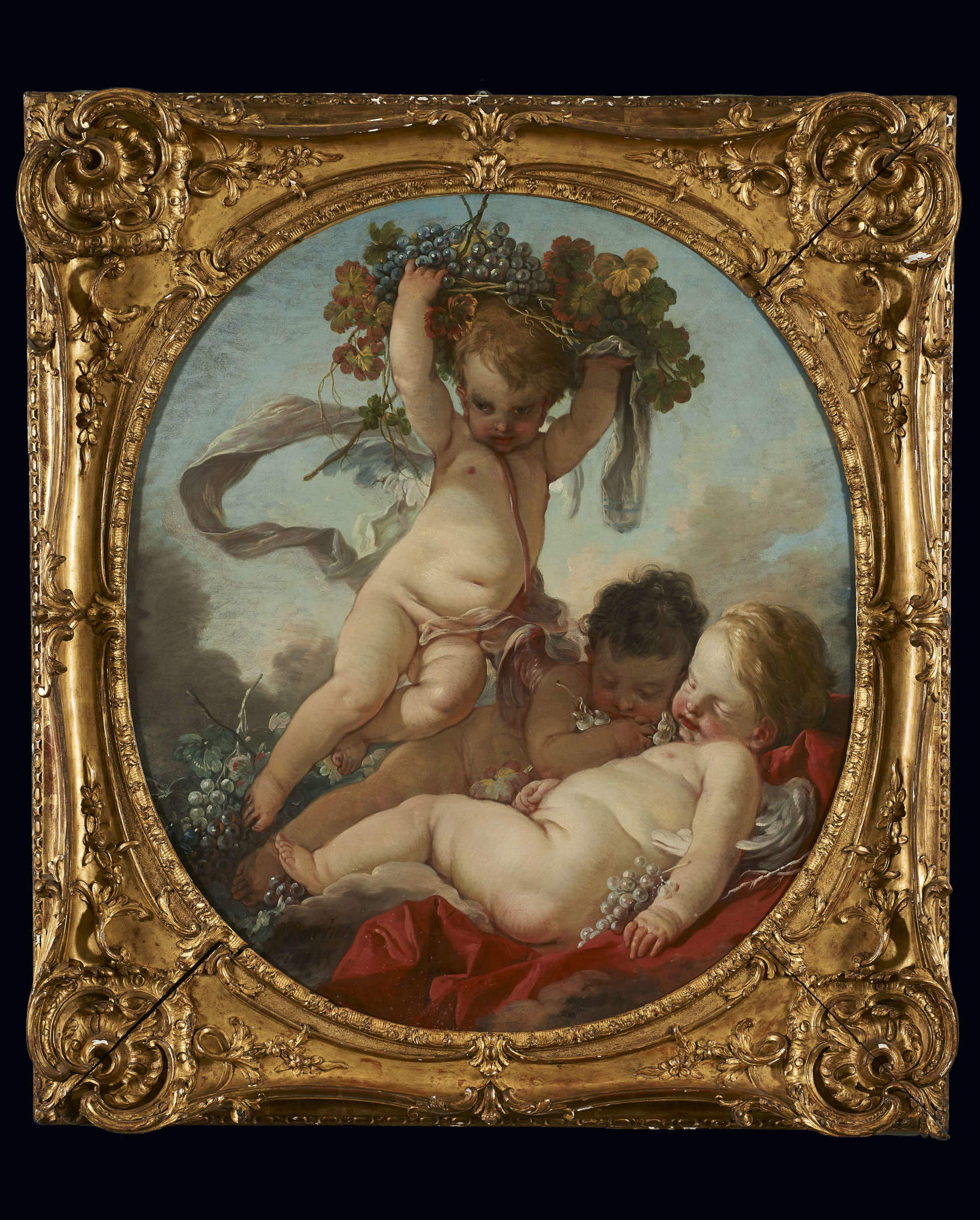
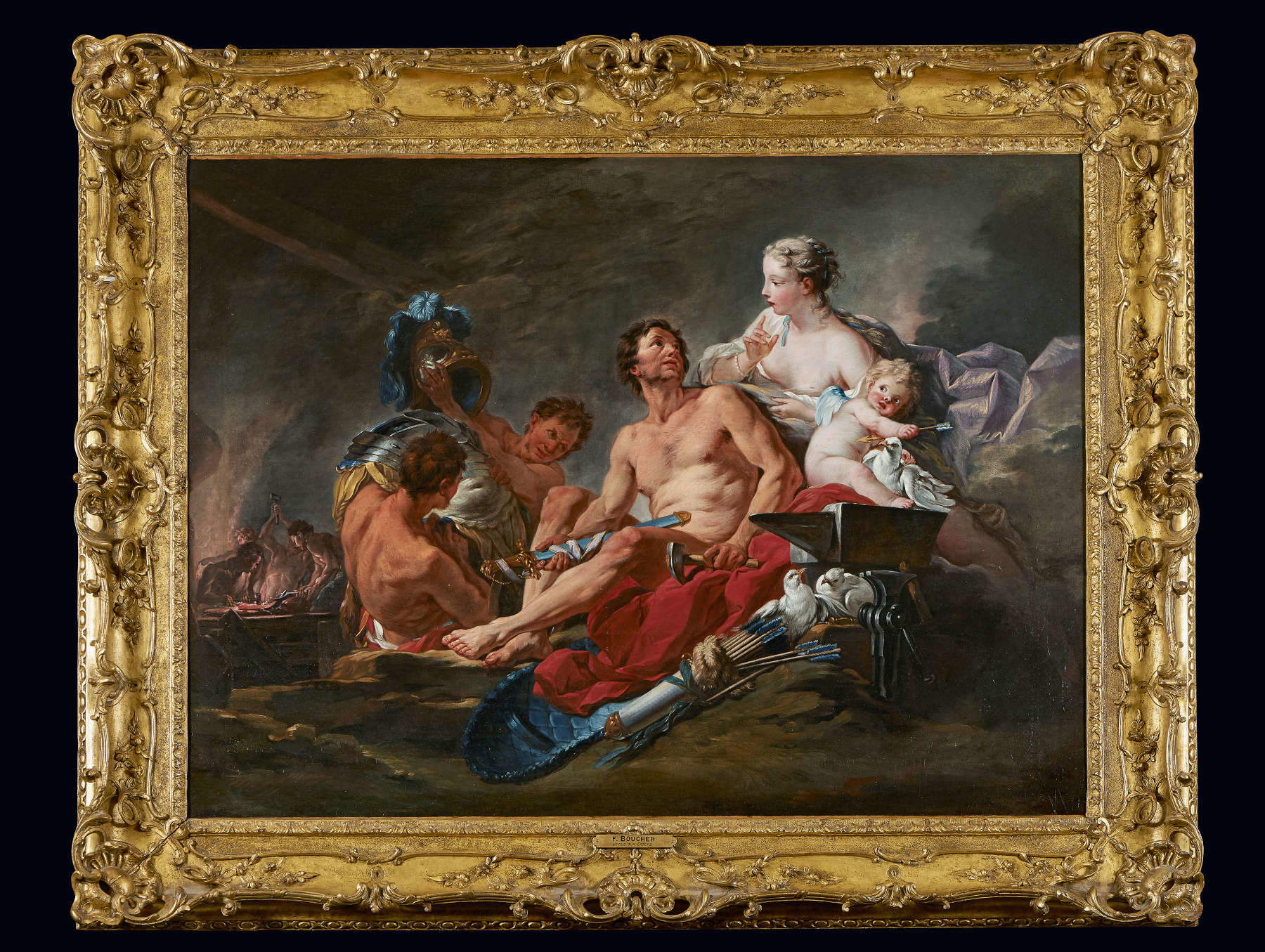
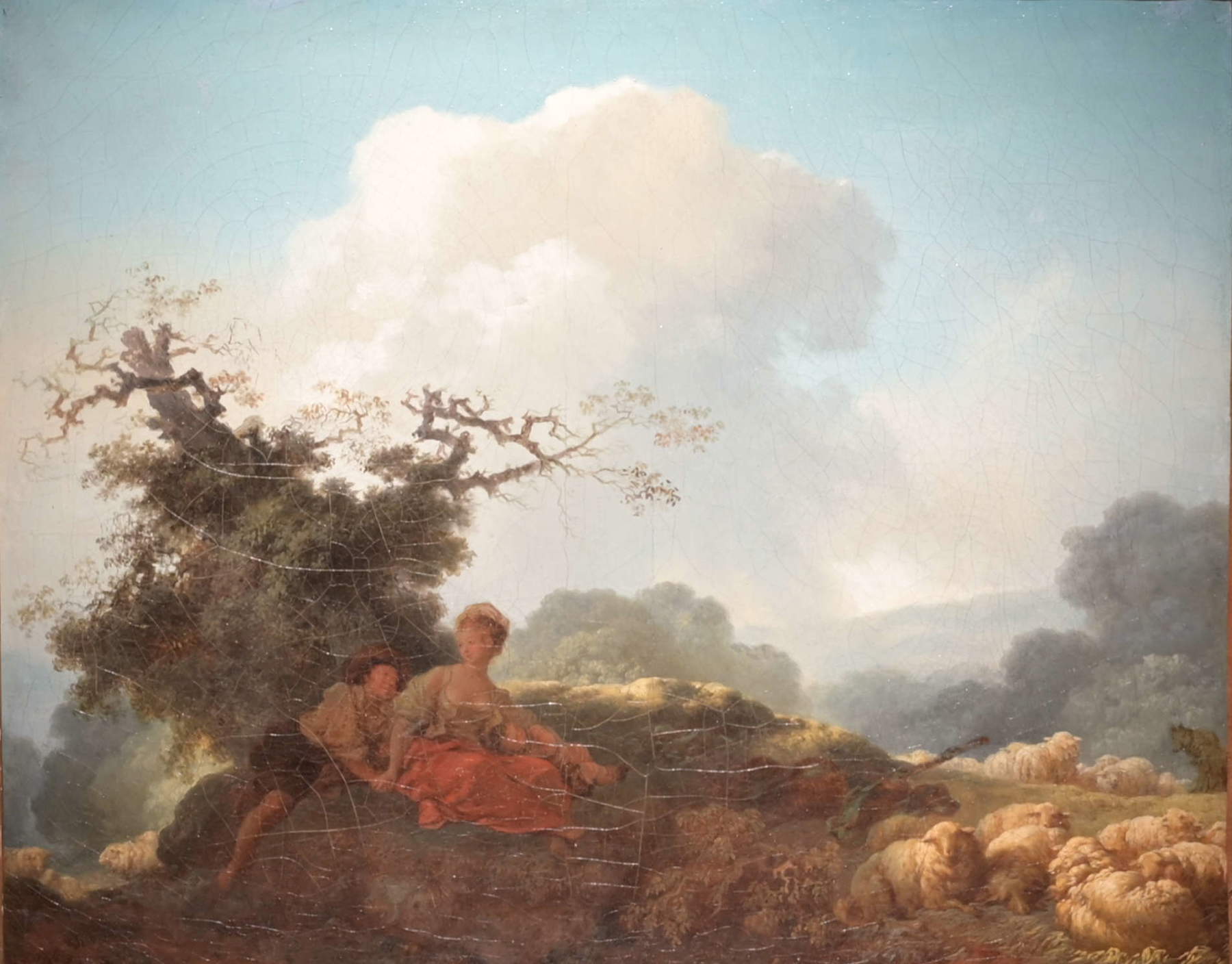

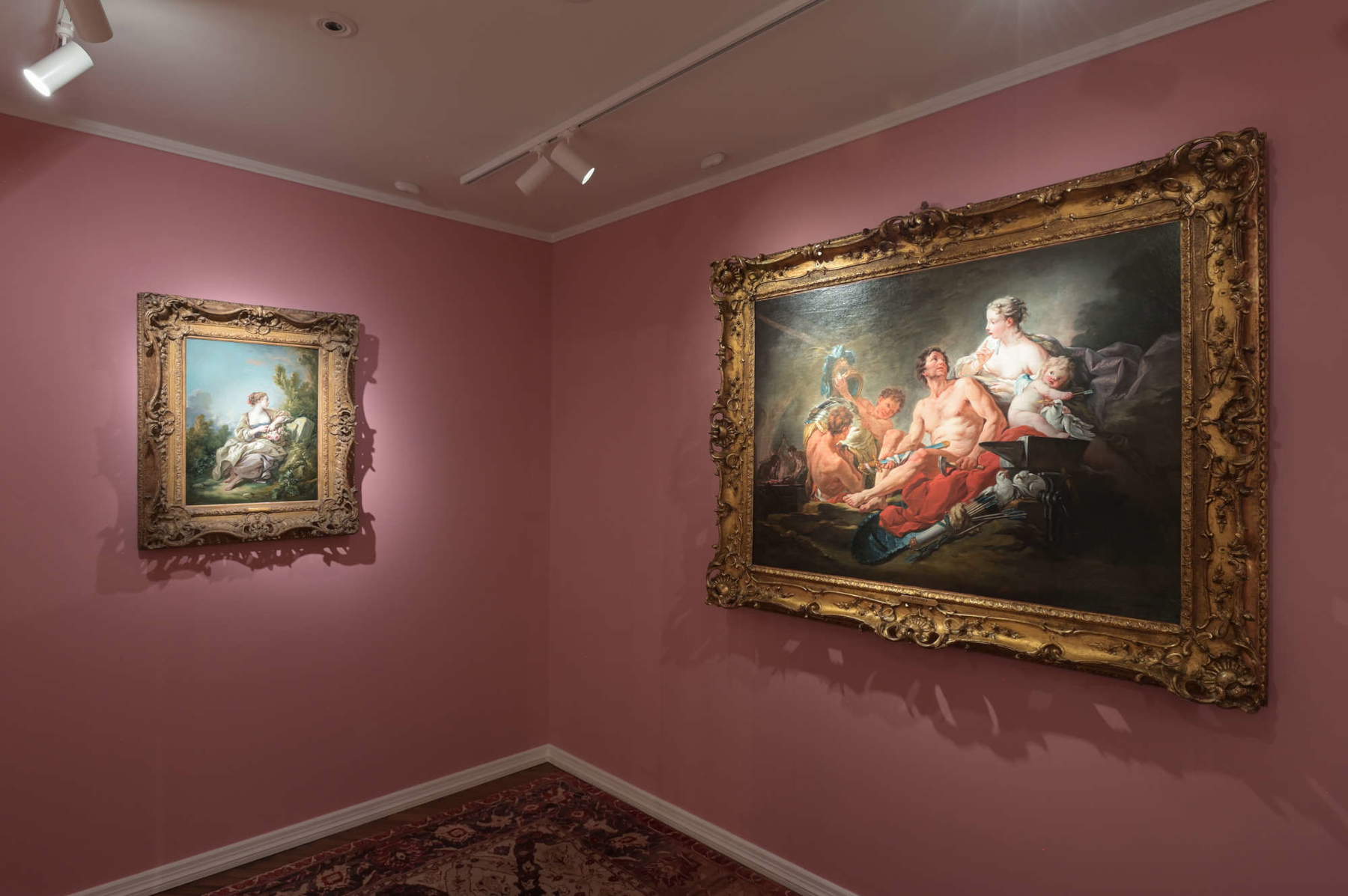
The works in the exhibition
One of the main works in the exhibition is theAllegory of the Earth, signed by François Boucher in 1741. This painting, which was part of a series devoted to the natural elements (water, air, earth and fire), was commissioned to adorn the rooms of Choisy, one of King Louis XV’s castles. Boucher, with his usual skill, depicts two cupids asleep between vine shoots, an allegory of fertility that evokes the prosperity of the earth.
Another outstanding work is Venus in the Forge of Vulcan, a painting that represents the pinnacle of Boucher’s artistic output, both in terms of its size and its significance. This masterpiece is considered the largest and most scenic version of a work the painter exhibited at the Paris Salon in 1747, with the subject, inspired by Virgil’s Aeneid, showing the goddess Venus ordering Vulcan to forge weapons for her lover Aeneas. The version preserved at Casa Museo Zani represents one of the earliest variants of the painting that is now at the Musée du Louvre, and its imposing scene of the struggle between carnal desire and the tireless work of the craftsman perfectly depicts the contradictions and beauty of Louis XV’s court.
Scientific investigations have revealed how, in the course of making it, Boucher altered some significant details, such as Venus’ gesture toward Vulcan, making the work even more intriguing to scholars. After it, the Louvre one was made, as French scholar Françoise Joulie reports, “done in a rush after a first original version worked more slowly and with more hesitation.” In addition, the painting preserves some of Boucher’s most famous hues, such as Pompadour pink, a color that became a symbol of the grace and luxury of the French court.
The exhibition also includes some objects that hark back to court life, such as the gilded bronze swans that belonged to Madame de Pompadour, Louis XV’s famous favorite. These objects, made around 1755, belonged to Pompadour’s toilette and are among the most significant luxury specimens of the time. Their presence in the Zani House Museum further enriches the dialogue between the works of Boucher and Fragonard and the 18th-century furnishings that dot the museum. In fact, the museum also houses more than 1,200 works of art and furnishings that testify to the grandeur of the Italian Baroque, creating a unique connection between the French court and the visual culture of Italy.
The exhibition concludes with a work by Jean Honoré Fragonard, one of Boucher’s most talented pupils, who was also a leading figure in Rococo painting at the court of Louis XV. Annette at Twenty is a painting that tells a story steeped in moral and mischievous allusions typical of the taste of the time.
The painting, which depicts a young shepherdess, Annette, is a tribute to the ideal female beauty that Fragonard knew how to render with grace and sensuality. Her innocent yet seductive figure perfectly embodies the art of Louis XV’s court, which celebrated beauty and nature, but also its more complex and provocative implications.
 |
| Boucher and Fragonard: the elegance of Louis XV's court on display at Casa Museo Zani |
Warning: the translation into English of the original Italian article was created using automatic tools. We undertake to review all articles, but we do not guarantee the total absence of inaccuracies in the translation due to the program. You can find the original by clicking on the ITA button. If you find any mistake,please contact us.





